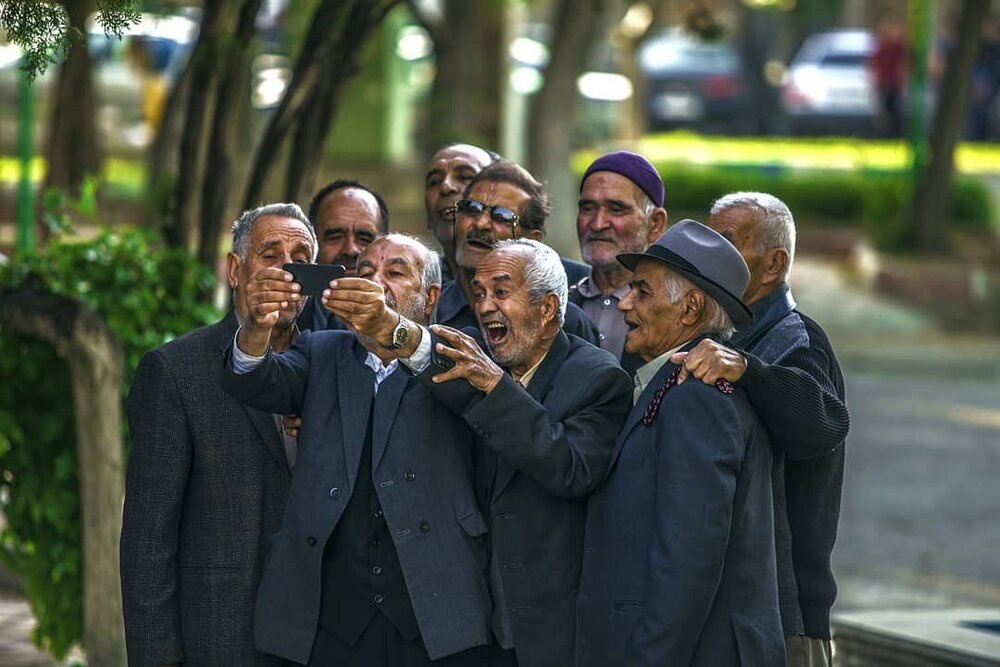Increased life expectancy leading cause of elderly population growth

TEHRAN – In recent years, increased life expectancy has led to a growth in the elderly population of the country, an adviser to the health minister has said.
“This issue shows the provision of appropriate health services and having experienced people in the community,” Mohammad Taghi Joghataei said on Wednesday on the occasion of International Day of the Elderly.
Noting that the national document on older persons has been drafted, he said that the empowerment of the elderly, prevention, provision of medical services and rehabilitation are some of the plans.
The national document on older persons, the roadmap showing the way for better planning for the elderly, unveiled on October 1st, 2019.
Non-medical service delivery, designing health care centers based on the elderly needs, updating service packages, active participation in osteoporosis control, monitoring mental health and nutrition of the elderly, designing tool to screen bone density and fractures, providing them treatment services at home, and elderly-friendly pharmacy was among the Ministry's programs for this part of the society.
In 1976, the elderly population constituted 5 percent of the total population, which has now reached about 10 percent.
According to Joghataei, about 9.28 percent of the population are currently elderly, which means that about eight million people in the Iranian population are old, which is expected to increase to about 20 percent by 2041.
According to the latest WHO data published in 2018 life expectancy in Iran is: Male 74.6, female 76.9 and total life expectancy are 75.7 which gives Iran a World Life Expectancy ranking of 64.
In 1976, life expectancy was 57 years, now “life expectancy” raised by 18 years resulting in the elderly population growth.
Iran will have the highest rate of elderly citizens by the next thirty years, the deputy health minister, Alireza Raeisi, has said.
The country is fast moving towards an aging population with a shrinking birth rate each year.
Nicholas Eberstadt, the Henry Wendt Chair in Political Economy at the American Enterprise Institute (AEI), wrote in an article earlier in July that the fertility rate in Iran has dropped by 70 percent over the past 30 years, which has been the highest decline in human history.
Aging population in world
Globally, there were 703 million persons aged 65 or over in 2019. The region of Eastern and South-Eastern Asia was home to the largest number of older persons (261 million), followed by Europe and Northern America (over 200 million).
Over the next three decades, the number of older persons worldwide is projected to more than double, reaching more than 1.5 billion persons in 2050. All regions will see an increase in the size of the older population between 2019 and 2050.
The largest increase (312 million) is projected to occur in Eastern and South-Eastern Asia, growing from 261 million in 2019 to 573 million in 2050. The fastest increase in the number of older persons is expected in Northern Africa and Western Asia, rising from 29 million in 2019 to 96 million in 2050 (an increase of 226 percent).
The second-fastest increase is projected for sub-Saharan Africa, where the population aged 65 or over could grow from 32 million in 2019 to 101 million in 2050 (218 percent). By contrast, the increase is expected to be relatively small in Australia and New Zealand (84 percent) and in Europe and Northern America (48%), regions where the population is already significantly older than in other parts of the world.
Among development groups, less developed countries excluding the least developed countries will be home to more than two-thirds of the world’s older population (1.1 billion) in 2050. Yet the fastest increase is projected to take place in the least developed countries, where the number of persons aged 65 or over could rise from 37 million in 2019 to 120 million in 2050 (225%).
FB/MG

Leave a Comment